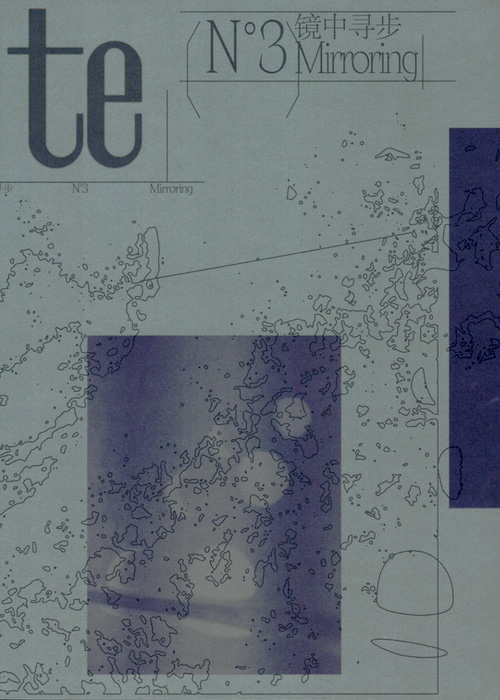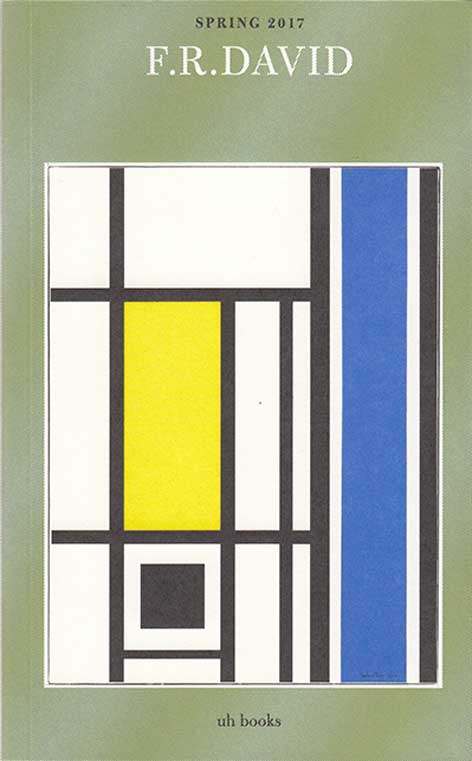
My Mother Laughs
First published in France in 2013, My Mother Laughs is the final book written by the legendary and beloved Belgian artist and director Chantal Akerman (1950-2015) before her death. A moving and unforgettable memoir, the book delves deeply into one of the central themes and focuses of Akerman's often autobiographical films: her mother, who was the direct subject of her final film No Home Movie (2015).
With a particular focus on the difficulties Akerman faced in conjunction with the end of her mother's life, the book combines a matter-of-fact writing style with family photographs and stills from her own films in order to better convey the totality of her experience. Akerman writes: With pride because I finally believed in my ability to say something that I'd had trouble saying. I told myself, I am strong for once, I speak. I tell the truth.
Chantal Akerman (1950-2015) was a Belgian film director, screenwriter, artist and professor. She is best known for her film Jeanne Dielman, 23 quai du Commerce, 1080 Bruxelles (1975), which was dubbed a masterpiece by the New York Times. During her 42 years of active filmmaking, Akerman's influence on queer, feminist and avant-garde cinema remains unmatched, her films highlighting a near-physical passage of time. Akerman's films have been shown at the Venice Film Festival, Cannes Film Festival and the New York Film Festival, among many others.
Translated by Corina Copp.
Published June 2019.
Language: English







